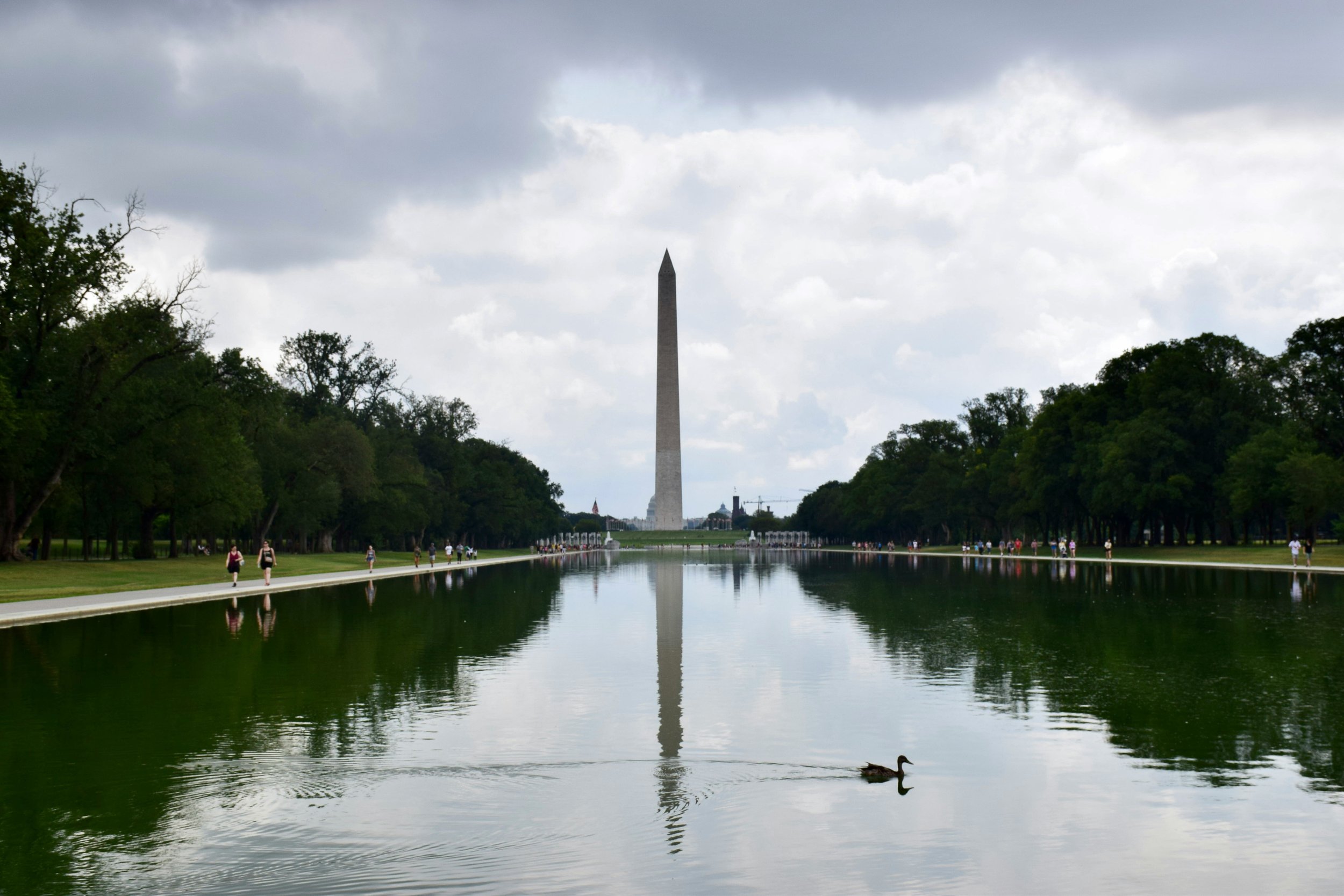
Three Federal Cities
Three Federal Cities: A Bold Vision for America's Future
The simplest and most powerful idea to improve the federal government is to relocate two of the three federal branches across the continental U.S., leaving only one to remain in Washington, D.C.
Note — for a more recent, specific proposal for a new federal city, read Let’s Build a City, Not a Wall.
Why Relocate?
The relocation aims to enhance the separation of powers and checks and balances. Currently, all three branches operate under the influence of the fourth "branch" of government: money. Every dollar we spend sends some fraction straight to D.C. — not only through taxes, as it should, but through lobbyists and various forms of corruption. If the three branches were in different regions, it would take three times the money to influence them, thereby diluting the power of special interests.
It’s a crazy idea. But let it sink in for a few days, and it will probably grow on you. Would it cost a lot of money? Yes. Would it take a lot of time? Yes. But the benefits would be immeasurable: relocation is the right direction for our federal government, and it’s necessary if we want the nation to survive for a few more centuries.
Proposed Relocations
My personal opinion is that:
The President and most of the cabinet be moved immediately to the western third of the continent. Whether closer to or further from the Pacific, Canada, and Mexico remain details up for debate. Other executive headquarters would move in the following years and decades.
The Congress be relocated to the central third of the continent, allowing for fair travel distances required by all sitting members of Congress, their staff, and any Americans traveling to Congress for professional or personal reasons.
The Supreme Court remain in Washington, D.C., which would serve as the nation’s “historic capital.”
Implementation Expectations
Executive Expectation: The President and White House should choose a new location within 6 months, break ground within 12-18 months, and relocate the President, Cabinet, and initial staff within 12-24 months. Historically, the President has served from a White House in other cities, and occasionally while traveling, so there is precedent. Full executive relocation will likely take several decades.
Judicial Expectation: Failing the relocation of Congress, or alternative public opinion, the Supreme Court could decide to relocate, with Congress remaining in Washington, D.C.
However, this debate and all its details would require input from all Americans and should be finalized in public, through Congress.
Benefits of Relocation
The change would benefit all Americans, be equally attractive and challenging to both major political parties, historic, and inspiring. Over the centuries, corruption is an inevitable fact of any government or position/body of power, but this simple change would be the greatest structural modification for fighting corruption since the ratification of the modern U.S. constitution, which split power amongst our famous “three branches of government.”
Video Short
1-minute short, December 2023
Logistical and Economic Considerations
The logistics of such a move involve careful planning. Infrastructure investments, economic incentives for relocated employees, and phased transitions are key. The economic benefits include job creation, local business growth, and a more balanced national economy.
Distributing the branches across different cities can enhance operational efficiency. Modern technology ensures seamless communication and collaboration, while regional offices can provide more localized governance, making the federal government more accessible to all Americans.
Potential Cities for Relocation
Imagine the executive branch operating out of Denver, with its strategic central location and robust infrastructure. Envision the judicial branch in Kansas City, known for its rich legal history and centrality. These cities offer the resources and cultural vibrancy to support our government.
Addressing Criticisms and Challenges
Critics argue that relocation is impractical and costly. However, the long-term benefits of resilience, equity, and enhanced democratic engagement far outweigh the initial challenges. Through thoughtful planning and public support, these obstacles can be overcome. It's a bold move, but necessary for the future of our nation.
Call to Action
Join us in reimagining American democracy. Support our initiative to relocate the federal branches and bring government closer to the people. Together, we can ensure our government serves all Americans, not just those in Washington!

